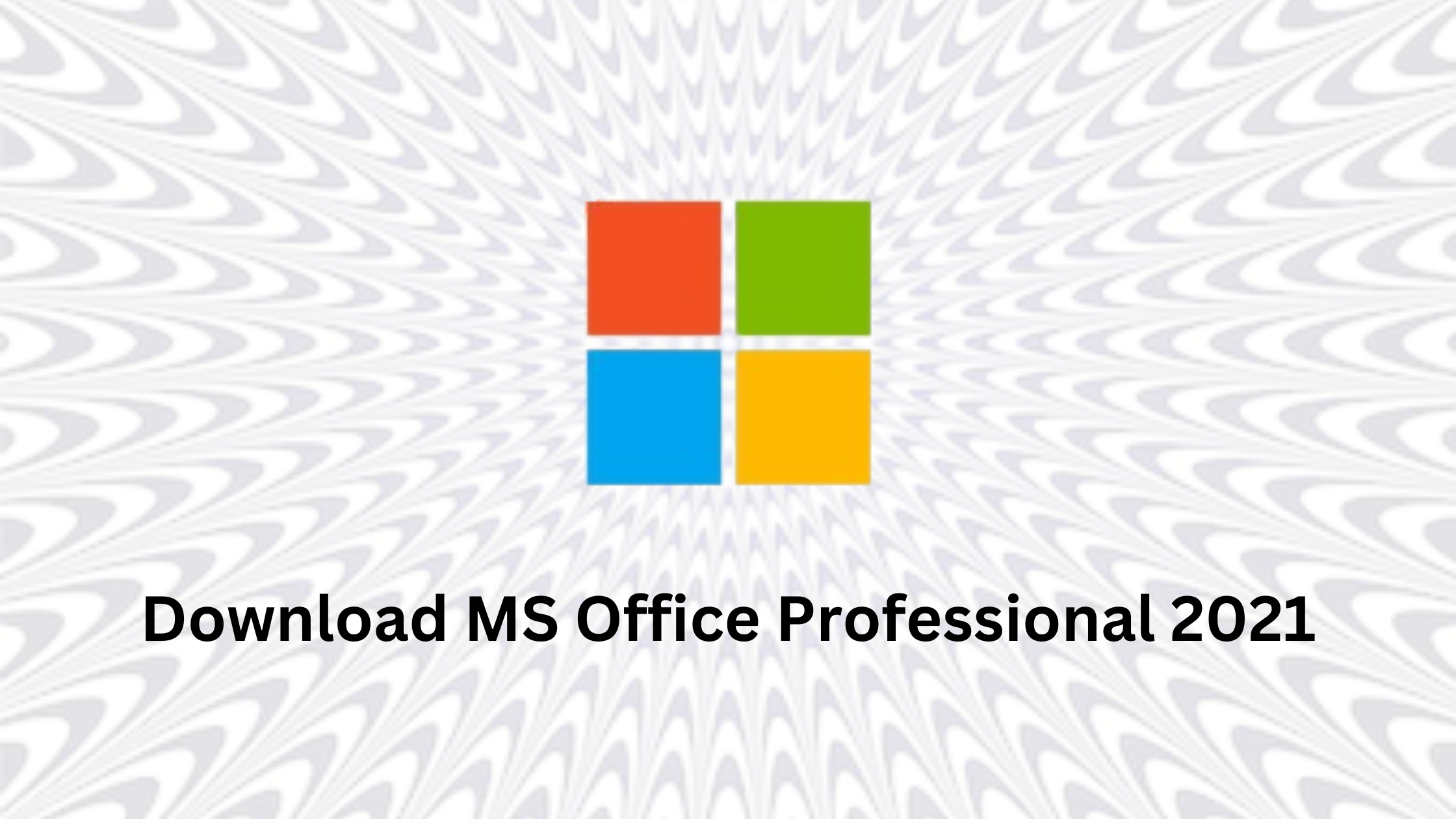In today’s rapidly urbanizing world, traffic congestion has become a pressing concern for cities across the globe. To address this challenge, innovative solutions are needed that can effectively manage and streamline traffic flow. One such transformative technology is the Internet of Things (IoT), which has shown tremendous potential in revolutionizing various aspects of traffic management. By integrating IoT into traffic systems, cities can harness real-time data and connectivity to create more efficient and sustainable transportation networks. In this article, we will delve into the 10 ingenious uses of IoT in traffic management, exploring how this technology is reshaping urban mobility.
IoT in Traffic Management: A Paradigm Shift
1. Smart Traffic Signals for Real-Time Adaptation
Traditional traffic signal systems follow predefined schedules, often leading to congestion during peak hours. IoT-based traffic management systems use real-time data to dynamically adjust traffic signal timings based on current traffic conditions. This enables smoother traffic flow and reduces unnecessary idling.
2. Intelligent Parking Management
IoT sensors embedded in parking spaces can relay information about their occupancy status to a centralized system. This data can be used to guide drivers to available parking spots, reducing the time spent searching for parking and subsequently decreasing traffic congestion.
3. Traffic Flow Optimization through Predictive Analytics
By analyzing historical and real-time traffic data, IoT systems can predict traffic patterns and congestion hotspots. This information allows traffic management authorities to proactively implement measures to divert traffic and prevent gridlocks.
4. Dynamic Lane Management for Congestion Reduction
IoT-equipped cameras and sensors can monitor traffic density in different lanes. This data can be used to dynamically adjust the number of lanes dedicated to each direction, optimizing traffic distribution and minimizing bottlenecks.
5. IoT-Enabled Vehicle-to-Infrastructure Communication
IoT technology enables direct communication between vehicles and traffic infrastructure. Vehicles can transmit data about their speed, location, and destination, allowing traffic systems to optimize traffic signal timings and suggest alternative routes in real-time.
6. Enhancing Pedestrian Safety with Crosswalk Sensors
IoT sensors placed at pedestrian crosswalks can detect waiting pedestrians and trigger traffic signal changes. This improves pedestrian safety by ensuring they have sufficient time to cross while minimizing disruptions to vehicular traffic.
7. Eco-Friendly Traffic Management Solutions
IoT can monitor traffic and pollution levels simultaneously. This allows traffic management systems to implement eco-friendly measures, such as adjusting traffic signals to reduce emissions during high pollution periods.
8. Intelligent Bus Priority Systems
IoT-enabled bus priority systems can give public transportation vehicles priority at traffic signals. This encourages the use of public transport, reduces traffic congestion, and promotes sustainable mobility.
9. Real-Time Incident Detection and Response
IoT sensors can detect accidents, breakdowns, or road hazards in real-time. Traffic management authorities can swiftly respond to these incidents, minimizing traffic disruptions and ensuring prompt assistance.
10. Data-Driven Decision Making for Infrastructure Development
IoT-based traffic management systems generate vast amounts of data. This data can be analyzed to make informed decisions about infrastructure improvements, road expansions, and traffic diversions, leading to more effective urban planning.
Conclusion
The integration of IoT into traffic management systems holds tremendous promise for creating smarter, more efficient, and sustainable urban transportation networks. From real-time adaptation of traffic signals to predictive analytics-driven congestion reduction, the potential applications of IoT in traffic management are vast. As cities continue to grow, the implementation of these innovative technologies becomes increasingly important in ensuring smooth traffic flow and improving overall quality of life.
FAQs
What is an IoT-based traffic management system?
An IoT-based traffic management system utilizes Internet of Things technology to gather real-time data from sensors and devices placed throughout the road network. This data is then analyzed and used to optimize traffic flow, reduce congestion, and enhance overall transportation efficiency.
How does IoT monitor traffic?
IoT monitors traffic by deploying sensors, cameras, and other devices across roads and intersections. These devices collect data on vehicle movement, traffic density, and other relevant factors. This data is transmitted to a central system for analysis and decision-making.
Can IoT help in reducing air pollution caused by traffic congestion?
Yes, IoT can contribute to reducing air pollution caused by traffic congestion. By optimizing traffic flow, reducing idling time, and promoting the use of public transport, IoT-based traffic management systems can help minimize emissions and improve air quality in urban areas.
What role does predictive analytics play in IoT-based traffic management?
Predictive analytics in IoT-based traffic management involves analyzing historical and real-time traffic data to anticipate future traffic patterns and congestion points. This allows authorities to take proactive measures to prevent congestion and ensure smoother traffic flow.
Are there any privacy concerns associated with IoT in traffic management?
Yes, there are privacy concerns related to the collection of data through IoT devices. It’s crucial for cities to implement robust data protection measures, anonymize collected data, and ensure that the data is used solely for traffic management purposes.
How can IoT-based traffic management systems improve pedestrian safety?
IoT-based traffic management systems can enhance pedestrian safety by using sensors at crosswalks to detect waiting pedestrians. This triggers traffic signal changes, giving pedestrians adequate time to cross safely without disrupting vehicular traffic.

The Search Engine Cage team is on a mission to educate entrepreneurs. We make things easier for the small business owner, by writing articles that help them to understand SEO and Digital Marketing.







